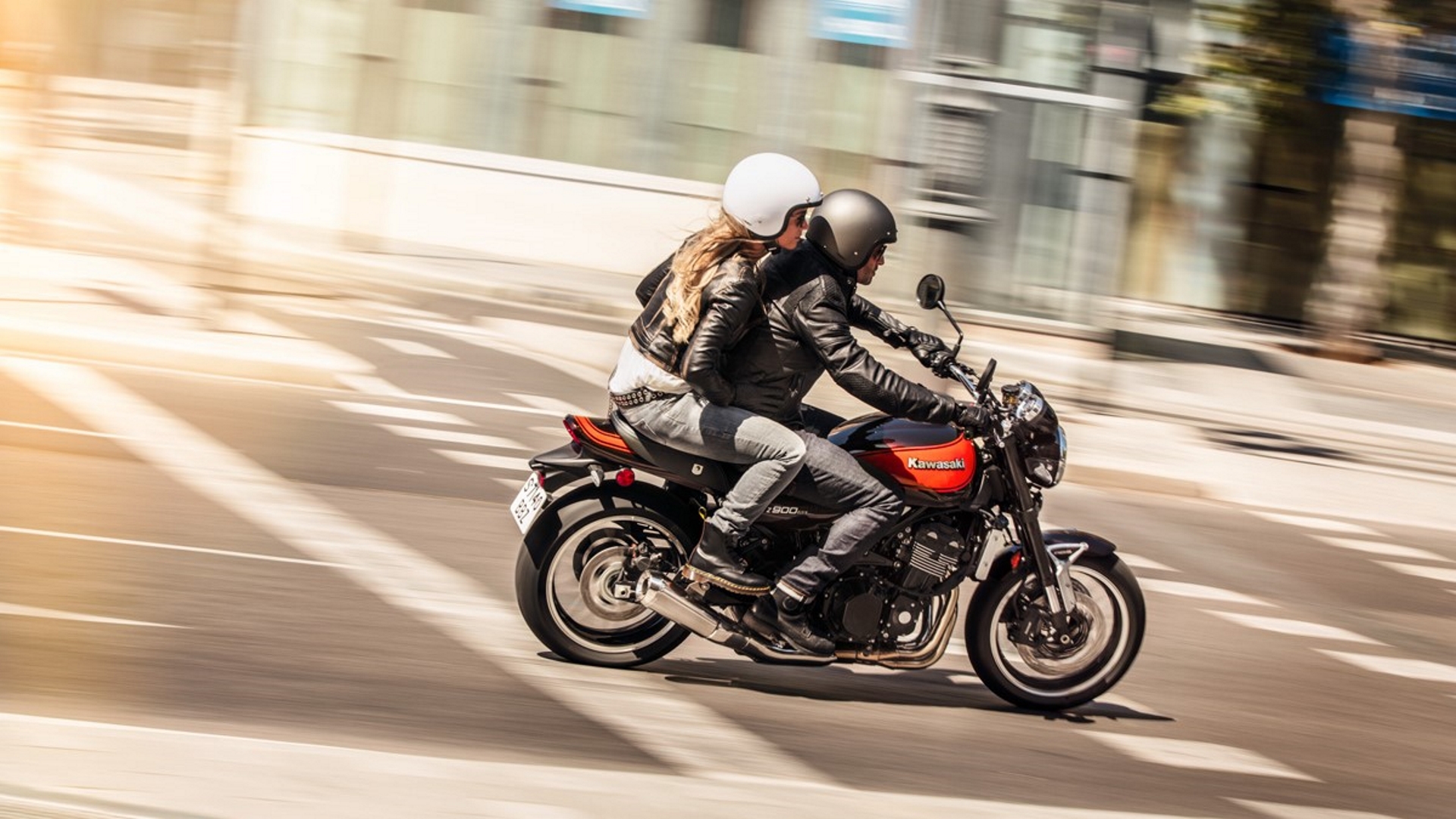

We may earn revenue from the products available on this page and participate in affiliate programs. Learn more ›
When Kawasaki pulled the wraps off of the Z1-inspired Z900RS, it excited the hipster in all of us. Finally, an appropriately retro, middleweight bike from a Japanese brand. Personally, I thought it was going to be a budget-friendly alternative to offerings from premium European brands in this segment like Triumph and Ducati.
I thought the price would come in a little higher than the Z900 it’s based on which starts at $8,399. Then official pricing was announced and the Z900RS starts at $10,999 surprising many of us who wanted one. That’s a higher cost of entry than the Ducati Scrambler Icon ($9,195), Triumph Street Twin ($9,100) and even the Triumph Bonneville T100 ($10,400). What gives, Kawasaki?
I had a chance to speak with Kawasaki’s regional sales director for the east region John Rathyen at the IMS Chicago Motorcycle Show. Among the things we talked about, the Z900RS was one of the main topics of conversation.
Rathyen said that the Z900RS was a “very hot” seller, particularly in brown, since it’s started hitting showrooms. He explained that once people sat on the bike and had a chance to ride it, they understood the price tag. I haven’t had a chance to ride one myself, but seeing these bikes up close in person made me understand the price tag much more. If you want to know what it’s like to ride, check out our full review.
But let’s get into the details of what justifies the premium price of the Z900RS. For starters, it’s a lot more than a restyled Z900. While it is based on the Z900 platform and shares an engine, the engine is tuned differently in the Z900RS making it better suited for smooth cruising at high rpm. The seat is nice and comfortable, again, for long-distance comfort. The exhaust pipes double wall construction for both improved performance and a more authentic vintage look. You’re also getting standard features on the Z900RS that you would normally have to pay extra for on a Z900, primarily ABS. These little details add up to a legitimately premium bike.
Kawasaki did an excellent job taking the Z900 platform and making a retro standard out of it. If you put a Z900 next to a Z900RS, you would never know they have anything in common or even that they’re from the same brand. It truly marries old-school flair with modern technology and engineering just as well as the premium brands, and that’s what you’re paying for. Whether or not it’s worth the extra cost over European competitors is up to you, but as soon as you throw a leg over a Z900RS, the price starts to make sense.